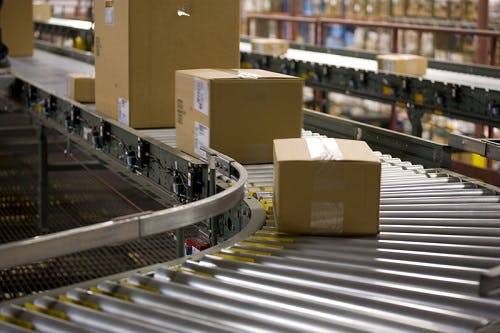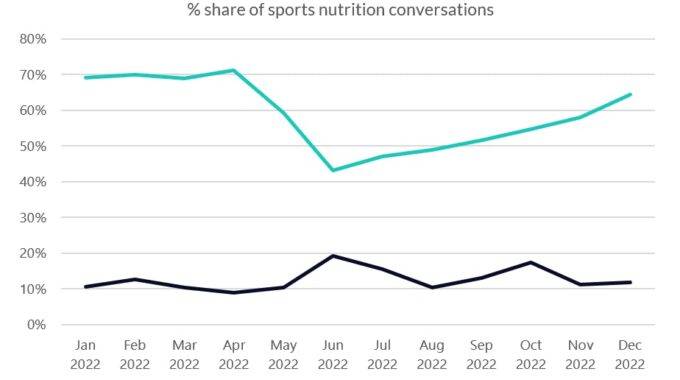Mastering the Three Pillars of A Successful CPG Business
For CPG founders looking to expand their brand recognition and sales through wholesale accounts, success doesn’t happen overnight. It requires a well-thought-out strategy and a strong foundation. In this blog post, we’ll explore the three pillars that every successful CPG brand has put into place in order to find stability on the shelf. These foundational keys will help you take your packaged food business to new heights in the competitive world of wholesale distribution.
Pillar One: Effective branding and marketing
By the time you get to the shelf, we assume that you have a fantastic product line (Delicious! Values-oriented! Sustainable! Functional! Craveworthy! And on and on and on…) that attracts a specific target audience. But your product is just going to sit on the shelf unless it’s eye-catching enough to stop a new audience and convert them to buyers.
From that point, what will turn your audience into repeat customers and raving fans? Aside from your delicious taste, or undoubtable functionality, it’s memorable branding and marketing that is going to do it. Think about your favorite brand: can you recall the way it makes you feel? The colors on the packaging? Maybe a cheeky tagline they use, or the vibe of …



